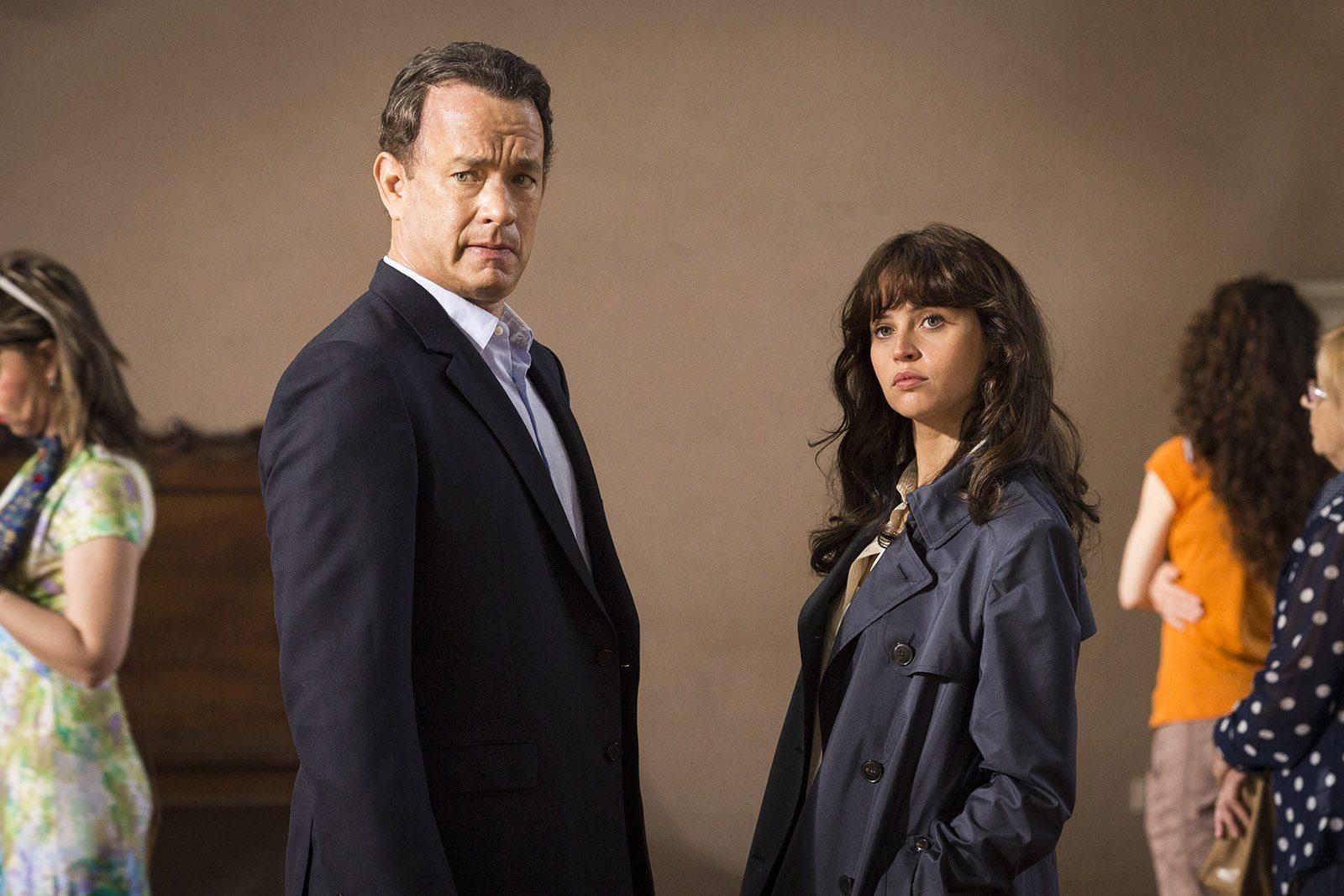The fourth literary installment and third movie production in Dan Brown’s Robert Langdon series, “Inferno,” maintains the storytelling legacy with integrity and cinematic excellence. With sweeping landscapes of Florence and Istanbul, it’s a visual treat and an intriguing return to the universe of films “The Da Vinci Code” and “Angels & Demons.”
The film stars Tom Hanks as Robert Langdon, the familiar Harvard University professor of religious symbology, and Felicity Jones as Sienna Brooks, his younger female counterpart. A childhood prodigy, Brooks is on par with Langdon’s genius and complements his worldly knowledge with her residential status in Italy.
The film is action-packed from the very first scene. The inciting death of a character who initially seems unrelated spirals into another international mystery that only professor Langdon can solve. Audiences are thrown into Langdon’s state of confusion, as his first moments on screen are that of complete disorder as he dreams of a beautifully filmed hell-like landscape before waking up to what appears to be a gunshot wound to the head.
The clues to the film’s mystery are hidden in an electronic copy of Sandro Botticelli’s “The Abyss of Hell,” based on Dante’s epic poem “Inferno.” The only way for Langdon and Brooks to get around is through secret passages only known to history buffs. Hidden in a human bone contraption, which is locked within a government-made, fingerprint-encrypted biotube, the clues are an expedited version of those found in “The Da Vinci Code.”
After recognizing the initial patterns and discrepancies in Botticelli’s work, the pair works to find the location of a bioengineered virus that functions like a plague and is designed to kill off half of the world’s population in the name of stabilizing the overpopulation pandemic.
Like its predecessors, “Inferno” is certainly provocative, but the subject is surprisingly relevant. It manages to twine an interesting part of art history with contemporary issues that the world is currently facing. The “bad guy” is a little more ambiguous than the previous Langdon stories, but that makes it all the better for audiences that fear repetition in action and thriller films.
One of the pinnacle moments in the film was taken apart simply by the poor phrasing from Brooks, which elicited a laugh from the audience despite the fact that the scene was supposed to be one of the more serious and shocking components of the movie. It is in no way a reflection of Jones’ acting ability, but the scene’s confusion was palpable and in need of better execution.
The film simply can’t be compared to the novel, as the two take on completely different endings and story incarnations. Regardless, the movie holds its own.
Although the Langdon film series has become somewhat formulaic, the production quality and intrigue never ceases to amaze, and the same goes for the acting. As long as Tom Hanks is on board, Langdon will most likely be a success.
The same can be said for the complex female characters created by Brown and brought to life by director Ron Howard. Most recent is Elizabeth Sinskey (Sidse Babett Knudsen), a woman closer to Langdon’s maturity and occupational investment, and Jones as Sienna Brooks.
In addition to Sinskey and Brooks, Langdon works with and against members of the World Health Organization and a private security firm struggling to determine its own affiliations. The too-smart-for-his-own-good genius Bertrand Zobrist (Ben Foster) also has a substantial, posthumous presence in the film, and ultimately leaves viewers morally confused.
The film is strong and entertaining, in that it’s exactly what audiences expect and anticipate, with a few twists to keep people coming back for more.

























































































































